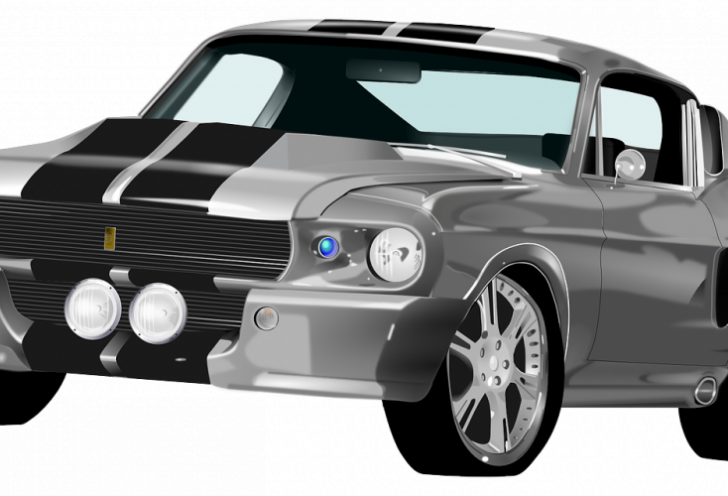VW Beetle: A Classic Icon of Automotive History

Introduction
The VW Beetle, also known as the Volkswagen Type 1 or Bug, is one of the most iconic cars in automotive history. With its unique shape, timeless appeal, and rich heritage, the Beetle has captured the hearts of car enthusiasts and everyday drivers alike. In this article, we will take a deep dive into the world of the VW Beetle, exploring its origins, evolution, and enduring legacy.
A Brief Overview of the VW Beetle

The Volkswagen Beetle was first introduced in 1938, designed by Ferdinand Porsche in response to a request from Adolf Hitler for a “People’s Car” (Volkswagen in German). Its distinctive round shape and rear-engine design made it instantly recognizable and accessible to the masses. The Beetle quickly became a symbol of affordability, reliability, and practicality.
Historical Evolution
The early years of the VW Beetle were marked by its production for the German military during World War II. However, it was after the war that the Beetle truly made its mark on the automotive world. As the demand for affordable transportation increased, production ramped up, with the Beetle becoming a global phenomenon.
Throughout the 1950s and 1960s, the Beetle gained popularity in North America, with celebrities like Audrey Hepburn and Paul Newman endorsing the car. Its reliable engine, easy maintenance, and charming design were key factors in its success. The Beetle also became an emblem of counterculture and individualism, associated with the hippie movement and the love for freedom and adventure.
In the 1970s, the Beetle faced its first major challenge from the Japanese imports, which offered more fuel efficiency and modern design. The Beetle’s sales declined, and production in North America ceased in 1979. However, the car continued to be produced in Mexico and other parts of the world due to its continued popularity in other markets.
Modern Era and Lasting Legacy
In the late 1990s, Volkswagen launched the New Beetle, a modern reinterpretation of the classic Bug. The New Beetle retained the iconic styling cues but featured a more refined design and improved performance. It appealed to a new generation of drivers who desired retro-chic styling and a sense of nostalgia.
While the New Beetle was successful initially, its popularity eventually waned, and Volkswagen announced the discontinuation of the Beetle in 2019. Despite this, the Beetle’s legacy lives on. It has inspired countless car designs and continues to hold a special place in the hearts of enthusiasts worldwide.
Bulletpoints:
– The VW Beetle was designed in response to a German request for an affordable “People’s Car.”
– Its distinctive shape and rear-engine design made it instantly recognizable.
– The Beetle gained popularity in North America during the 1950s and 1960s, becoming an emblem of counterculture and individualism.
– The car faced competition from Japanese imports in the 1970s, leading to a decline in sales in North America.
– Volkswagen launched the New Beetle in the late 1990s, catering to a new generation of drivers looking for retro-chic styling.
– The Beetle was discontinued in 2019 but continues to inspire car designs and remain a beloved icon.
In conclusion, the VW Beetle is a symbol of automotive history, representing affordability, reliability, and a unique design. From its humble origins in Germany to its global popularity, the Beetle has left an indelible mark on the automotive industry. While it may no longer be in production, its timeless appeal and enduring legacy ensure that it will always be remembered as a classic icon.





















